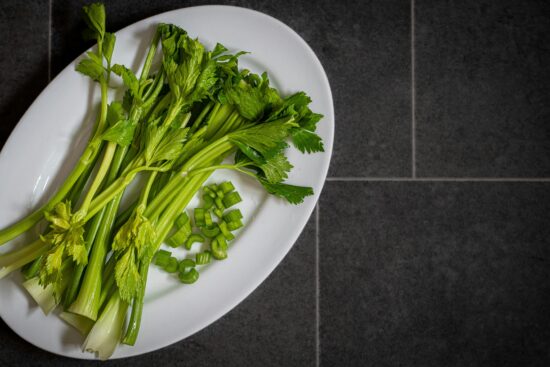
In the realm of skincare and acne management, one of the most common queries pertains to dietary choices that promote clear skin. The answer lies in embracing a nutrient-dense diet, a fundamental principle advocated by experts in the field of naturopathy. While many focus on skincare as an aesthetic endeavor, it’s essential to recognize that the skin, the body’s largest organ, holds profound significance for overall health. This article explores the critical link between nutrition and skin health while offering insights into how ancestral eating habits and often-overlooked animal parts can play pivotal roles in achieving a radiant complexion.
The Skin’s Nutrient Demands
The skin’s role extends beyond aesthetics, serving as a dynamic barrier against external threats. Yet, this vital organ often receives the least priority when it comes to nutrient allocation. Due to its high energy expenditure and nutrient demands, the condition of one’s skin serves as a valuable reflection of internal health. Skin issues like redness, inflammation, and irritation usually correlate with underlying internal inflammation and imbalances.
Nourishing the Epidermis
The epidermis, the skin’s outermost layer, plays a crucial role in safeguarding the body. It consists of an inner layer with proline-rich cross-links and an outer lipid layer rich in lipids and proteins. These elements protect against UV damage, mechanical harm, water loss, and infections. To maintain optimal structure and function, epidermal cells require amino acids (including proline), cholesterol, fatty acids, ceramides, and fat-soluble vitamins like A, D, and E.
Prioritizing Nutrient-Dense Foods
The path to radiant skin begins with a diet abundant in nutrient-dense foods. Examining the dietary patterns of ancestors offers valuable insights. These diets, free from today’s heavy pesticide use and food processing, emphasized animal-based foods and embraced the concept of “nose to tail” consumption.
” Nose to Tail” Eating
“Nose to tail” eating entails utilizing all parts of an animal for their unique nutritional contributions. Connective tissues, such as bones, joints, skin, and cartilage, possess amino acid profiles distinct from muscle meat. They provide a host of essential nutrients, including:
- Gelatine: Abundant in collagen, glycine, and proline, gelatine reduces immune activity and supports tissue repair. It also aids in managing anxiety and promoting restorative sleep.
- Collagen: Vital for skin and gut health, collagen forms the foundation of skin tissue. Its deficiency can lead to scarring, reduced elasticity, and wrinkles.
Accessible Ways to Embrace “Nose to Tail” Eating
- Liver: Calf or chicken liver delivers retinol (vitamin A) and copper. Liver pâté or incorporating liver into recipes is beneficial.
- Chicken Feet: Simmering chicken feet creates collagen-rich broth, supporting gut and skin health.
- Bone Broth: Slow-cooked beef bones yield gelatin-rich broth, ideal for adding to smoothies.
- Gelatinous Cuts of Meat: Oxtail stew, osso buco, and other slow-cooked dishes are mineral-dense and teeming with glycine-rich gelatin.
The Nutrient Abundance in Animal Products
Critics often cite environmental concerns related to animal agriculture, but it’s vital to recognize the unparalleled nutrient density of animal-based foods. For instance, vitamin A, crucial for skin health, is primarily found in animal products. Plant-derived beta-carotene, while valuable, requires conversion in the human liver and lacks the potency of retinol found in animal sources. A kilogram of carrots can’t match the retinol equivalent in 85 grams of liver.
Vitamin A plays a multifaceted role, aiding in keratin and sebum production, skin cell turnover, thyroid and hormone function, immunity, and mucous membrane health—essential factors in addressing acne’s pathophysiology.
Embracing Nutrient-Rich Choices
In the pursuit of clear, glowing skin, dietary choices matter. By prioritizing nutrient-dense foods and incorporating often-overlooked animal parts into one’s diet, individuals can harness the transformative power of nutrition. Traditional diets celebrated the holistic benefits of “nose to tail” eating, and their wisdom can guide modern choices towards better skin health and overall well-being.





